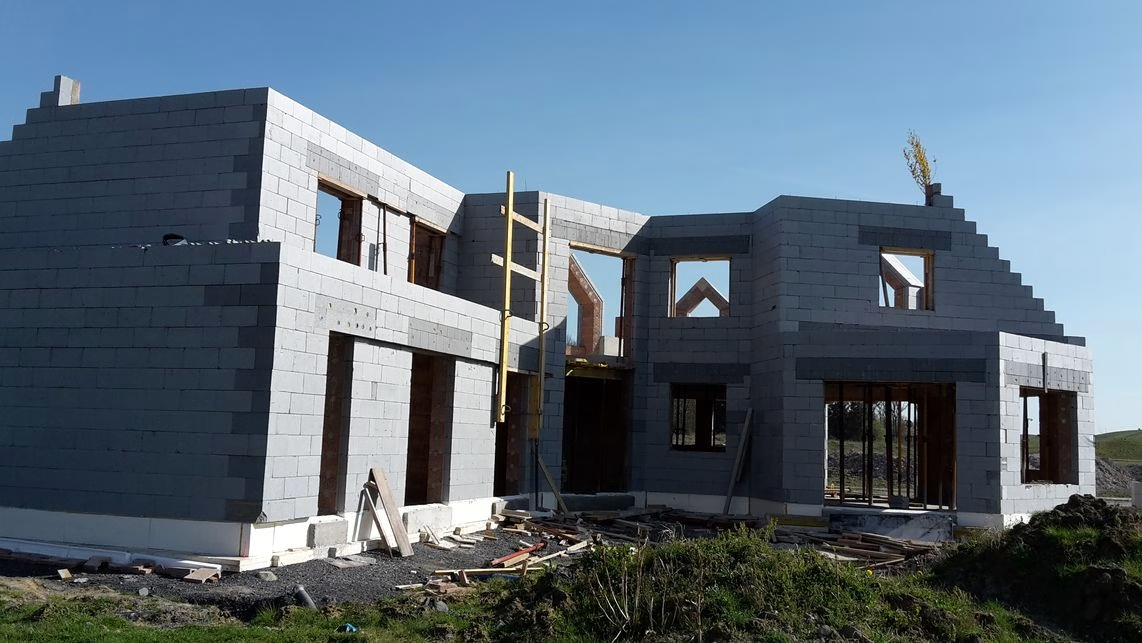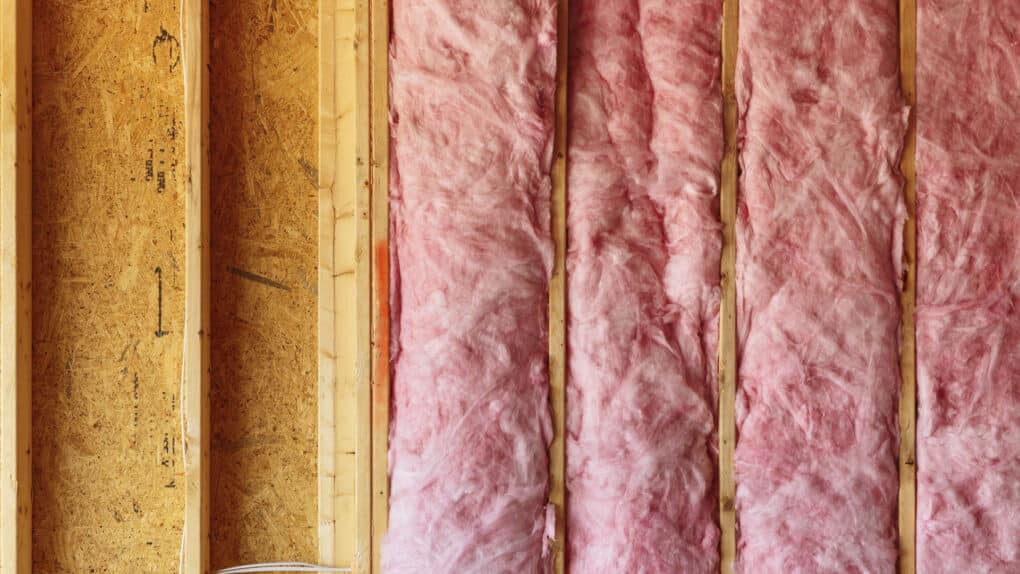-
Thermal and acoustic performance of wood cement blocks
Valeur Energie, the magazine for renewable energies and alternative solutions, visits the Fixolite Belgium plant. A material used in post-war reconstruction, particularly in Germany, wood cement has been proving its worth for over 75 years. Produced since 1945 in Belgium, near Charleroi, Fixolite's wood-cement blocks were an early response to the need for... Read more →
-
Study of wood cement
This study is the result of a thesis by Marie Lamalle, Civil Engineer at the University of Liège, Belgium. Summary Wood concrete is a relatively recent material that is part of the current trend towards the use of bio-sourced materials in construction. This composite, made from a mixture of cement, wood chips and... Read more →
-
Stock clearance
Fixolite is liquidating a small stock of unsold products: price excluding Belgian VAT of 21% (where applicable) and excluding transport costs. Low-priced tunnel roller shutter boxes Reference Description Quantity Price C-28H29 8-8H Box (6 m) traditional modelL: 278, H: 285, tunnel: 230, rail 827/8H polystyrene finish, colour blue 504 m (3×28 boxes) 8 €/m... Read more →
-
Roller shutters: inside or outside choice
Roller shutters are a practical and attractive solution for protecting and insulating windows. They offer increased security, better thermal insulation and protection from the sun. One of the technical choices to consider when installing roller shutters is the type of winding: external or internal. Each of these choices... Read more →
-
Passive house: how thick should the insulation be?
To achieve a thermal resistance of 6.5 m²-K/W in the walls (passive house), different thicknesses of insulating materials can be used, depending on their coefficient of thermal conductivity (λ). Here are some examples of insulating materials commonly used in construction and the thicknesses required to achieve this thermal resistance value. Material Lambda λ (W/m-K) Thickness... Read more →
-
Understanding insulation: Lambda, R and Uc
Insulation is a key element in the construction and renovation of buildings. It plays a crucial role in thermal comfort and energy efficiency. Among the various criteria used to assess the performance of an insulating material, two parameters are fundamental: the coefficient of thermal conductivity, often called the lambda coefficient (λ), and the resistance... Read more →
-
Carbon footprint of insulation
It is important to note that the carbon footprint of insulation materials depends on a number of factors, including However, here is a general comparison of the carbon footprint of some common insulation materials: Insulation kg CO2 eq/m² for R=5 Thickness (cm) for R=5 Glass wool 5-15 23 Expanded polystyrene (EPS) 10-25 18 Rock wool 5-25... Read more →
-
Heating a BBC
A BBC (Bâtiment Basse Consommation) is designed to minimise energy consumption. To heat such a building efficiently, here are a few tips: Remember, the aim of a BBC is to be as energy-efficient as possible, so use these tips in conjunction with eco-responsible practices to minimise your energy consumption. Read more →
-
RE2020
The RE2020, or Réglementation Environnementale 2020, is a French regulation designed to improve the energy and environmental performance of new buildings. It replaces the previous thermal regulations, known as RT 2012, and marks a major step forward in France's efforts to reduce greenhouse gas emissions and combat climate change. Read more →
-
Fixolite in Valeurs Energie
September 2023 Interview with Valeur Energie at FIXOLITE for the special edition on wood construction. The Fixolite block manufactured in the Italian branch of Isobloc is an asset for self-construction that is both ecological and earthquake-resistant, with exceptional acoustic and thermal performance. Read more →
×










